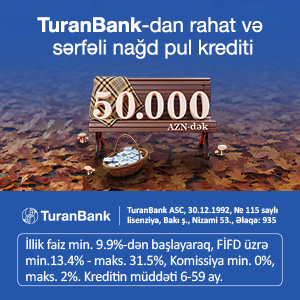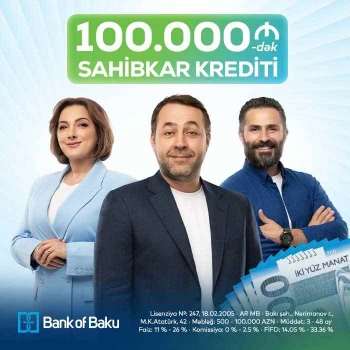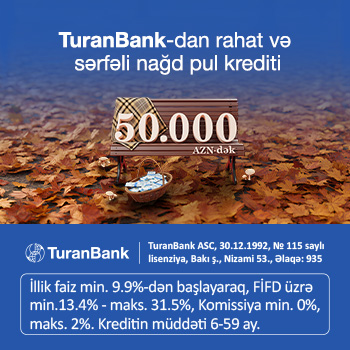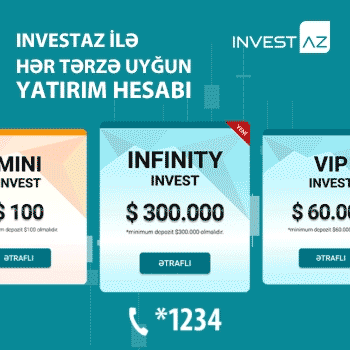SOCAR barədə pis xəbər
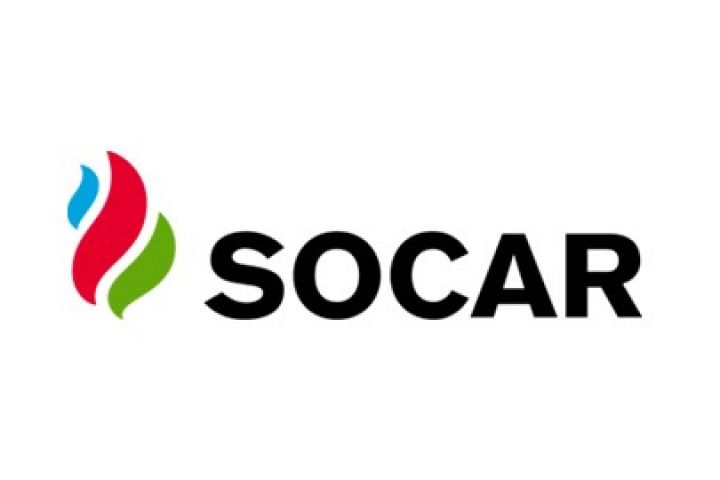
"Standard & Poors" (S&P) beynəlxalq reytinq agentliyi SOCAR-ın uzunmüddətli kredit reytinqini "BB" səviyyəsindən "BB-" səviyyəsinədək azaldıb.
Təşkilatın yaydığı məlumata görə, reytinq üzrə proqnoz stabildir.
S&P SOCAR-ın uzunmüddətli korporativ kredit reytinqini "CreditWatch Negative" siyahısından çıxarıb.
"Reytinqin aşağı salınmasına səbəb odur ki, fikrimizcə, SOCAR-ın yüksək və artan borclanmasından irəli gələn risklərin kompensasiyası üçün dövlət dəstəyi kifayət qədər olmaya bilər. Bundan başqa, SOCAR-ın yüksək əsaslı xərclərı, aqressiv maliyyə siyasəti də qərarımıza təsir edib", - deyə məlumatda vurğulanıb.
Bununla yanaşı, S&P qeyd edir ki, SOCAR dövlətin neft-qaz sektorunda əsas aktivi olduğu üçün zərurət yarandığı halda hökumət dövlət şirkətinə lazımi dəstəyi verəcək.
S&P SOCAR-ın Azəri-Çıraq-Günəşli layihəsində payının 11,6%-dən 25%-dək artırılmasını şirkətə verilən davamlı dəstəyin bariz nümunəsi kimi dəyərləndirir.
Bundan başqa, agentlik qeyd edir ki, ölkənin bank sektorunun zəifləməsi SOCAR-a da neqativ təsir edib. Buna baxmayaraq, S&P iddia edir ki, "Azərbaycan Beynəlxalq Bankı" ASC-nin xarici öhdəliklərinin restrukturizasiyasının SOCAR-a təsiri məhduddur.
SOCAR-ın xarici öhdəliklərinin kifayət qədər böyü hissəsinin ABŞ dollarında ifadə olunmasına diqqət çəkən S&P bildirir ki, bu, dövlət şirkətini valyuta risklərinə məruz qoyur.
Buna baxmayaraq, S&P vurğulayır ki, SOCAR-ın likvidliyi idarəolunan səviyyədədir.
S&P hesab edir ki, yaxın 2 il ərzində SOCAR-ın reytinqinin yüksəlməsi sual altındadır. Bunun əsas səbəbi kimi şirkətin öhdəliklərinin yüksək olması göstərilir.
State Oil Company Of Azerbaijan Republic Downgraded To 'BB-' As State Support May Not Offset Higher Debt; Outlook Stable
-We see significant uncertainties related to SOCAR's financial policy, capital expenditures, and transparency, and we expect the company's leverage to remain elevated and free operating cash flow to stay heavily negative in 2017-2018, because government funding and potentially higher cash flow from the increased stake in the Azeri-Chirag-Guneshli (ACG) project do not fully cover committed capital expenditures on several large projects.
-We are lowering our long-term rating on SOCAR to 'BB-' and removing the rating from CreditWatch negative. The stable outlook reflects our expectation that SOCAR's liquidity will remain manageable and that the government's willingness to provide extraordinary and ongoing support to SOCAR remains solid.
S&P Global Ratings said today that it had lowered its ratings on 100% government-controlled State Oil Company of Azerbaijan Republic (SOCAR) to 'BB-' from 'BB' and removed the rating from CreditWatch negative, where it was placed on July 14, 2017. The outlook is stable.
The downgrade reflects our view that government support may not be sufficient to offset the risks related to SOCAR's high and increasing debt, heavy capital expenditures (capex) plans, aggressive financial policy, lack of transparency, and diminishing role vis-à-vis other government-related entities (GREs) in the country. In our view, SOCAR's role in the sector is gradually becoming less critical with the emergence of Southern Gas Corridor (SGC), the owner of strategic hydrocarbon assets with high government-guaranteed debt. Also, in our view, the recently completed debt restructuring by Azerbaijan's government-related bank International Bank of Azerbaijan (IBA) and late support to Azerbaijan Railways suggest the government is taking an increasingly cautious approach to supporting nonguaranteed debt of GREs, aimed at avoiding moral hazard and ensuring efficiency incentives for management.
Our rating on SOCAR is underpinned by our expectation of a very high likelihood of state support, which results in a two-notch uplift above our assessment of the company's stand-alone credit quality. SOCAR is the government's key asset in the oil and gas sector, which is central to the country's economy. SOCAR is 100% government-controlled, the government is heavily involved in determining its strategy and has a track record of providing equity funding for the company's capex. We understand that the government has established a special committee to monitor the financial condition of large GREs, including SOCAR. We view the recently announced increase in SOCAR's stake in the internationally led Azeri-Chirag-Guneshli (ACG) project to 25% from 11.6% as a clear sign of continuing ongoing state support. The project will add to the group's EBITDA and, according to management, will not require any cash outlays.
SOCAR is no longer the only government asset in the key oil and gas sector. SGC, SOCAR's 49:51 joint venture with the government, holds 6.67% in Shah Deniz gas project and stakes in related pipelines: 6.67% in South Caucasus Pipeline, 58% in the Trans-Anatolian Gas Pipeline, and 20% in the Trans-Adriatic Pipeline. The planned expansion of Shah Deniz to 25 billion cubic meters (bcm) from 9 bcm will drive the growth of Azerbaijan's hydrocarbon industry in 2018-2020. We understand that SOCAR has a deferred sale agreement with SGC to transfer its remaining 10% stake in Shah Deniz to that entity after 2023. We estimate that SGC's sizable gross debt now exceeds $6 billion, compared with SOCAR's reported debt of $8.8 billion at year-end 2016, of which we estimate about $1.5 billion was related to trading operations. Although establishing SGC in 2014 helped to relieve SOCAR from heavy cash calls on Shah Deniz and related pipelines, it makes SOCAR's longer-term role in the sector less critical in our view. SGC demonstrates the possibility of replacing one GRE with another. The government does not guarantee most of SOCAR's debt, but continues to guarantee most debt of some other GREs like SGC and Azerenerji.
Despite continuing government monitoring and a track record of equity infusions and reduced dividends, SOCAR's debt has materially increased in 2015-2017 on heavy capex and working capital outlays related to trading. We have received additional clarifications from the company and the government on SOCAR's capex plans and on potential equity infusions from the government. We understand that although capex related to the Shah Deniz 2 gas project and related pipelines is largely financed with government-guaranteed debt raised by SGC, the government's funding does not fully cover SOCAR's continuing heavy investments in refinery and fertilizer projects in Turkey. We believe those projects are nearing completion and therefore committed, with little flexibility. We continue to treat the deferred sale agreement with SGC and aput option on SOCAR's stake in STAR refinery as debt-like. In our view, these items, representing Azerbaijani new manat (AZN)3.0 billion ($1.7 billion) and AZN2.7 billion on June 30, 2017, respectively, represent monetization of assets in lieu of borrowing. We expect SOCAR's debt to further increase in 2017-2018, before new projects start contributing to the group's cash flow. On a stand-alone basis, we expect SOCAR's leverage to remain elevated, with funds from operations (FFO) to debt of 10%-12% and free operating cash flow (FOCF) to be heavily negative in 2017-2018. Still, we expect interest coverage to remain relatively healthy, with FFO interest coverage of 3x-4x. We also take into account that SOCAR has high debt at its sizable trading operations, and although our base case assumes it won't materially change, we believe this part of debt may be relatively volatile.
We also note that SOCAR is exposed to risks related to Azerbaijan's weak banking system, even though we understand that the impact of the recent IBA default on the company was limited. We also believe that the company faces some foreign-currency risk because most of its debt and capex is U.S. dollar-denominated, while a significant part of products is sold domestically.
We assess the quality of SOCAR's core assets as only fair. Its majority-owned upstream assets are midsize (about 290,000 barrels of oil equivalent per day in 2016, or about 20% of the country's total). They are mature, with declining production in 2015-2017. SOCAR has only a minority stake in world-class internationally-led oil and gas production projects Shah Deniz (10%) and ACG (11.6%, to be increased to 25% in coming months). We understand, however, that most profit from these projects accrues to the government and not to SOCAR.
SOCAR's refining assets in Azerbaijan are relatively old and undergoing costly modernization. SOCAR is exposed to low regulated domestic prices, so that exports generate most profits. We understand that Shah Deniz 2 and the Turkey-based projects are scheduled to be commissioned in late 2018. With our oil price assumptions of Brent at $50 per barrel in 2017-2018, $55 in 2019, and taking into account the planned increase in the ACG stake, we expect SOCAR's EBITDA to increase from AZN3.1 billion in 2016 to AZN3.3 billion-AZN3.7 billion in 2017, and to about AZN4 billion in 2018.
In our view, SOCAR has an aggressive financial policy and weak management and governance practices. The company embarked on a number of large debt-financed projects at the same time, which raises questions about the company's strategic planning, focus, and risk management. We cannot rule out the risks of delays, cost overruns, unexpected investments, or trading losses resulting in SOCAR's actual performance being below our expectations. Also, we understand that SOCAR has a commitment to purchase certain amounts of gas from Shah Deniz, although disclosures under International Financial Reporting Standards (IFRS) do not quantify these commitments. SOCAR has a relatively complex business and corporate structure, but only limited disclosure on the key issues such as segment performance, key operating indicators typical for the industry, strategic plans, commitments and contingencies, or important corporate developments. SOCAR's IFRS reports are published later than peers' and although the audit opinions have not been qualified, they are less detailed than peers', in our view.
As a result, we have revised down our assessment of SOCAR's stand-alone credit profile to 'b', from 'b+' previously.
The stable outlook reflects our expectation that SOCAR's liquidity will remain manageable and the government's willingness to provide extraordinary and ongoing support to SOCAR remains solid. In our view, this would require an absence of major delays, cost overruns, and operating issues at SOCAR's capex projects and core operations, and no major changes in the company's currently very strong links with the government. In 2017-2018, before SOCAR's key projects are commissioned, we expect SOCAR's FFO to debt to be slightly below 12% and FOCF to remain heavily negative, only partly offset by government funding.
Rating downside could stem from liquidity disruptions, further material increase in leverage (for example because of higher-than-expected debt-funded capex or working capital outlays), or material weakening in state support resulting from changes in the government's policy with regards to SOCAR and significantly weakening links between the company and the government. We would be particularly concerned if SOCAR were to start sizable capex projects before 2019 without any state support. These are not in our base-case scenario, however. Given our current expectation of very high likelihood of state support, we would lower the rating only if both the stand-alone credit profile weakened to 'b-' (for example, as a result of a further increase in leverage) and we downgraded the sovereign by one notch.
Rating upside is limited in the next one to two years in our view, given the company's substantial debt and already material uplift for state support. In the longer term, rating upside could be supported by adjusted FFO to debt strengthening to sustainably above 20%, FOCF turning positive after successful completion of key capex projects, a less aggressive financial policy, and improving management and governance practices. It could also stem from a sovereign upgrade.
© APA, SP
Müştərilərin xəbərləri

“Avant Group” MTK fəaliyyətini davam etdirir, "“Avant Group” MMC- nin ləğvi “Avant Group” MTK-nın fəaliyyətini dayandırması demək deyil - AÇIQLAMA
SON XƏBƏRLƏR
- 2 ay sonra
- 3 həftə sonra
- 16 saat əvvəl
-
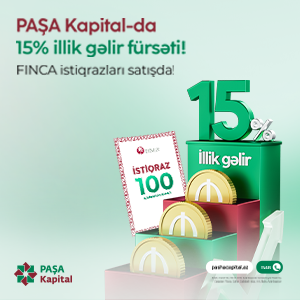
- 16 saat əvvəl
-
17 saat əvvəl
Azercell yeni rouminq internet paketlərini istifadəyə verir - QİYMƏTLƏR
-
1 gün əvvəl
AccessBank kartları ilə ictimai nəqliyyatda ödənişlərə 20% keşbek imkanı!
- 1 gün əvvəl
-
1 gün əvvəl
"BİR KREDİT BOKT" istiqrazlarına 68 investor 68 sifariş təqdim edib
-
1 gün əvvəl
PAŞA Holding-in dəstəyi ilə “Təhsil üçün əl-ələ” layihəsi uğurla həyata keçirilib
- 1 gün əvvəl
- 1 gün əvvəl
- 1 gün əvvəl
Son Xəbərlər

Azərbaycanda Vakansiyalar - Azvak.az
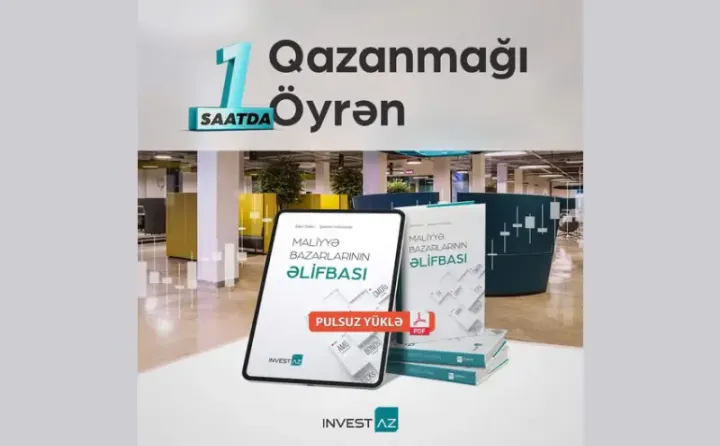
TAMAMİLƏ ÖDƏNİŞSİZ! - QAZANMAĞI ÖYRƏN

Şamaxı və Göyçay heyvan satışı bazarları açılıb

İranda etirazlar davam edir: ölənlərin sayı 51-ə çatıb

"BİR KREDİT BOKT" istiqrazlarına 68 investor 68 sifariş təqdim edib

“Avant Group” MTK fəaliyyətini davam etdirir, "“Avant Group” MMC- nin ləğvi “Avant Group” MTK-nın fəaliyyətini dayandırması demək deyil - AÇIQLAMA

2025-ci ildə qlobal qida qiymətləri düşüb
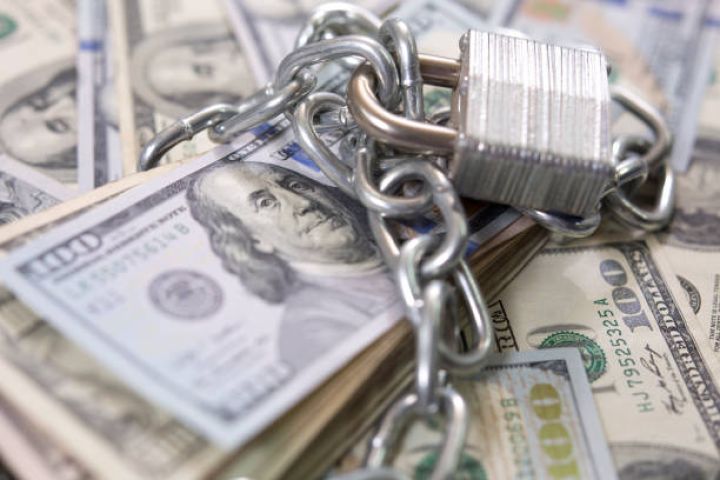
Dolların Bazar ertəsi üçün rəsmi məzənnəsi müəyyən olunub

AZAL-ın təyyarəsi Tehrana uça bilmədi - Bu günə planlaşdırılan Bakı-Tehran-Bakı reysi ləğv edildi

Faizsiz kreditlə Nərimanovda yeni mənzil sahibi olun: "City Garden Narimanov" - "Kristal!"

BOKT adını və təşkilati-hüquqi formasını dəyişib

Azərbaycan Çindən portağal alışını 267 dəfə artırıb


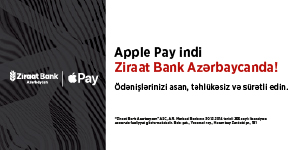









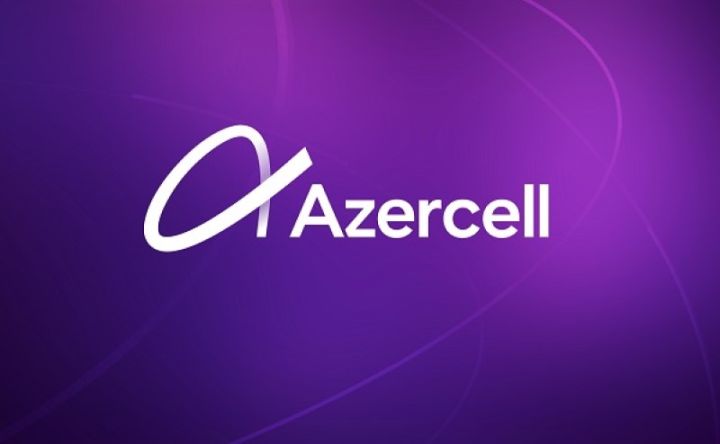

.jpg)


